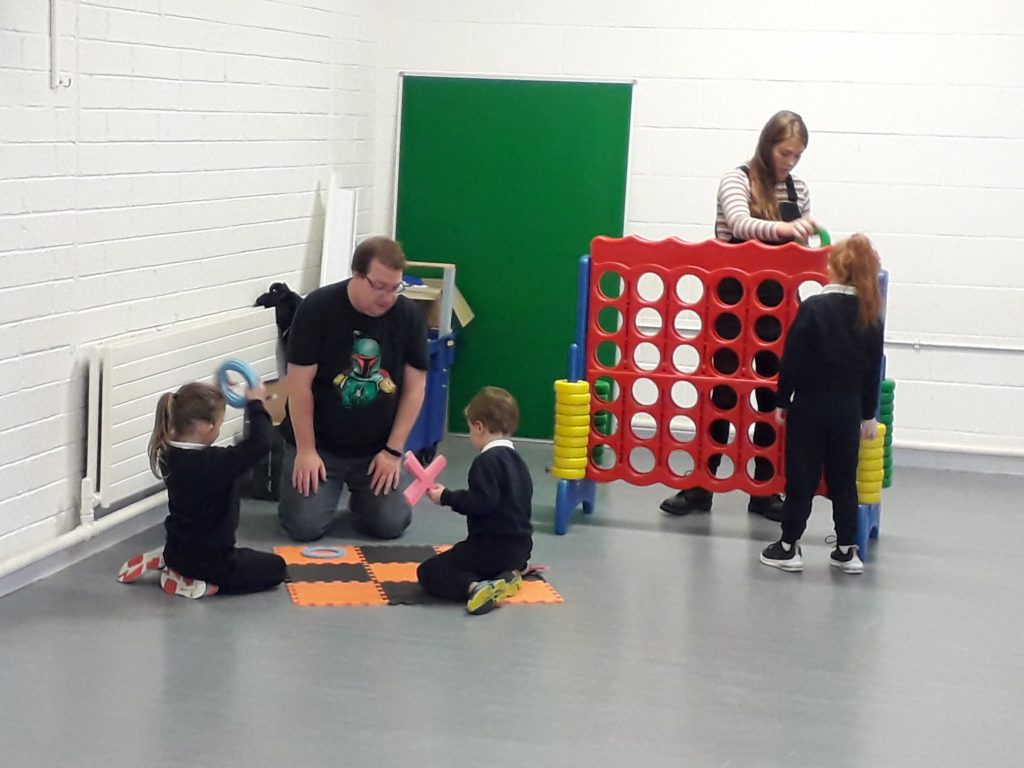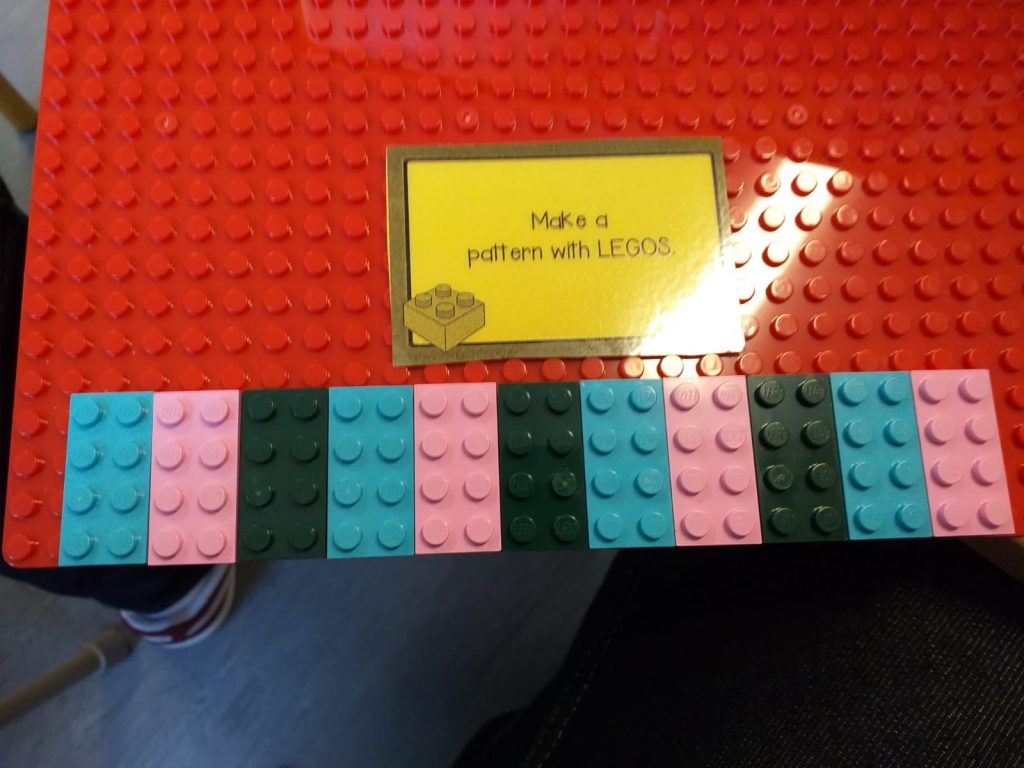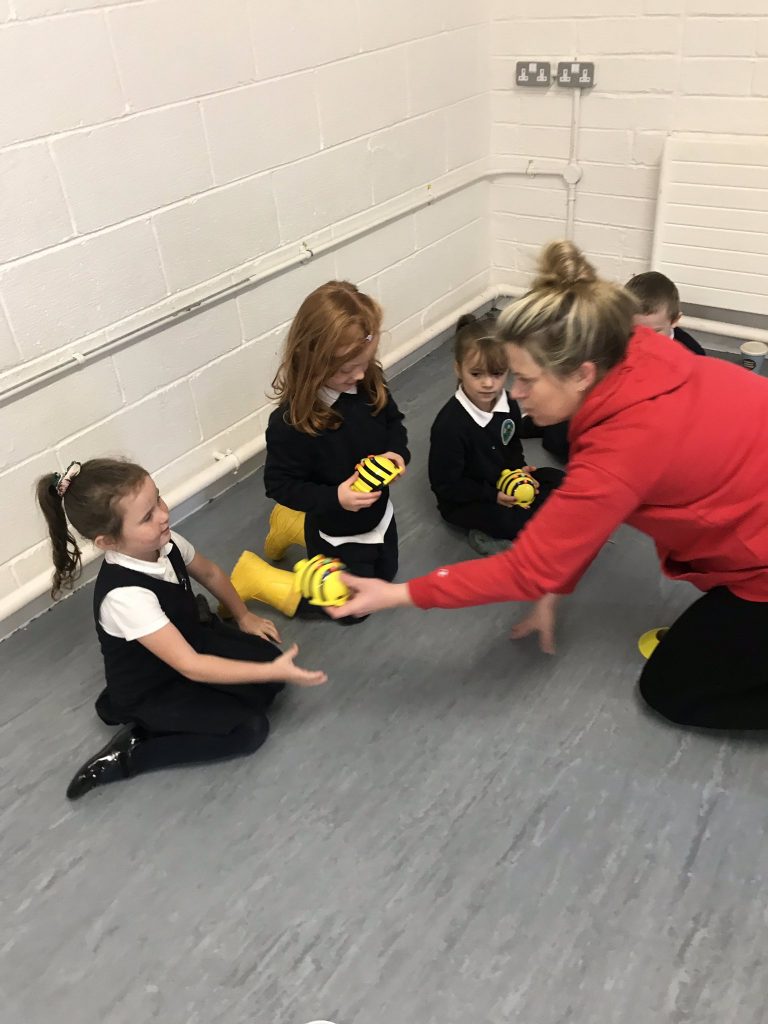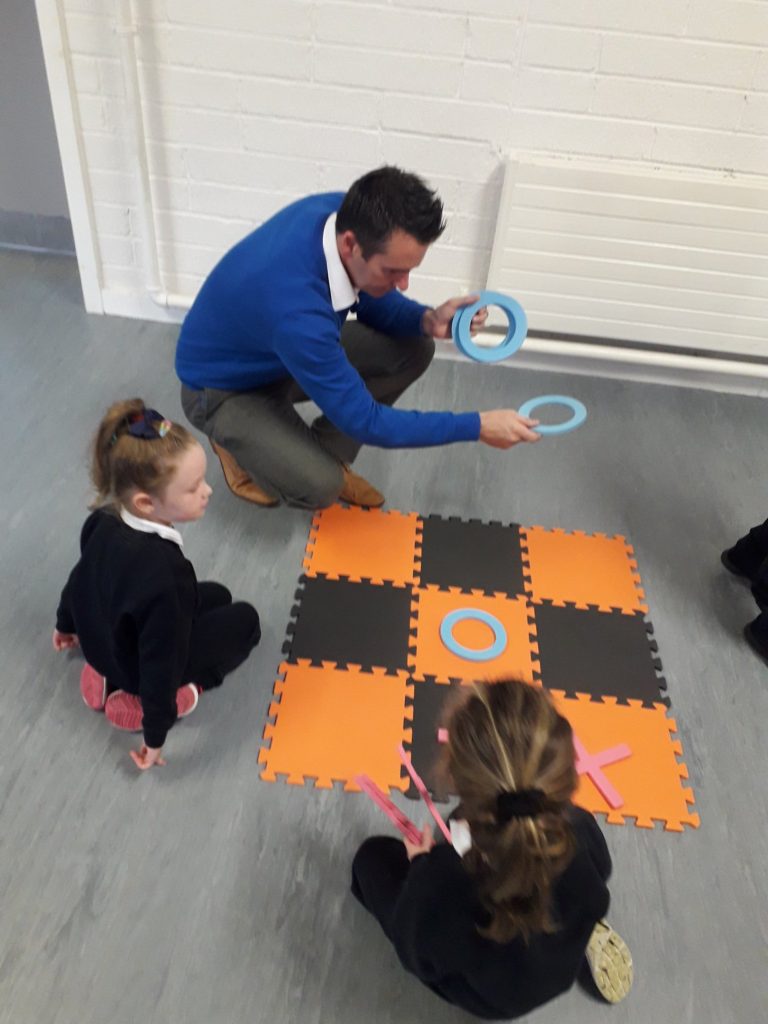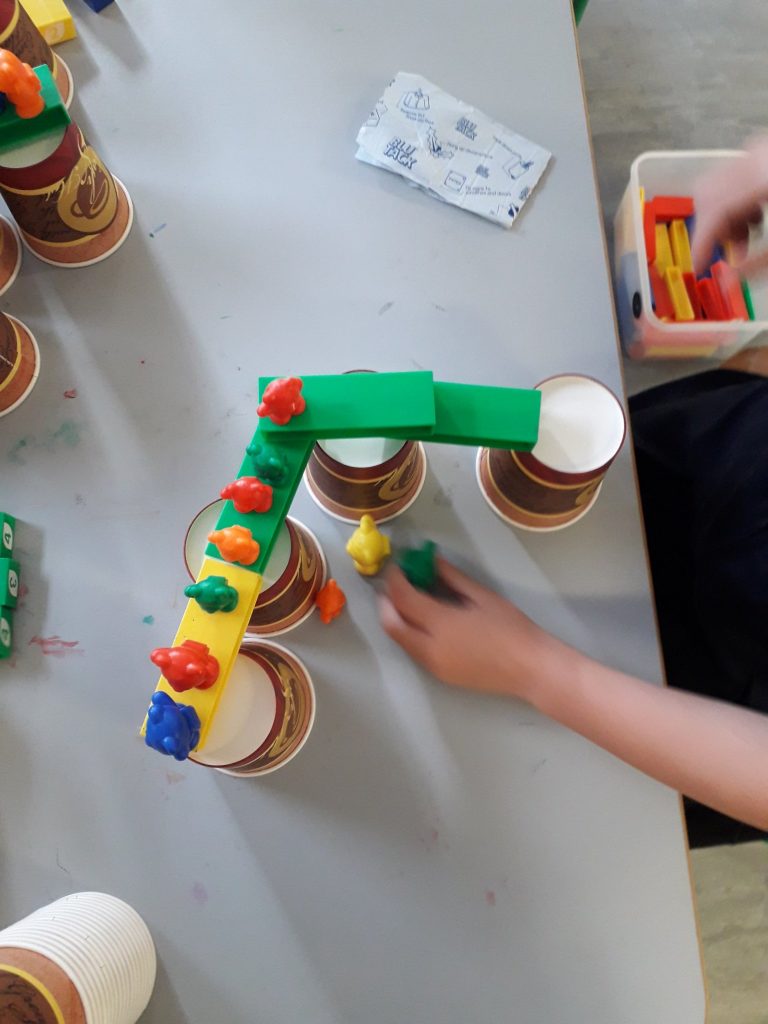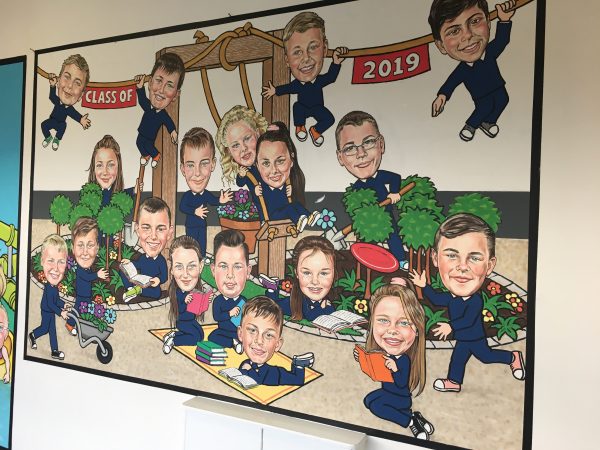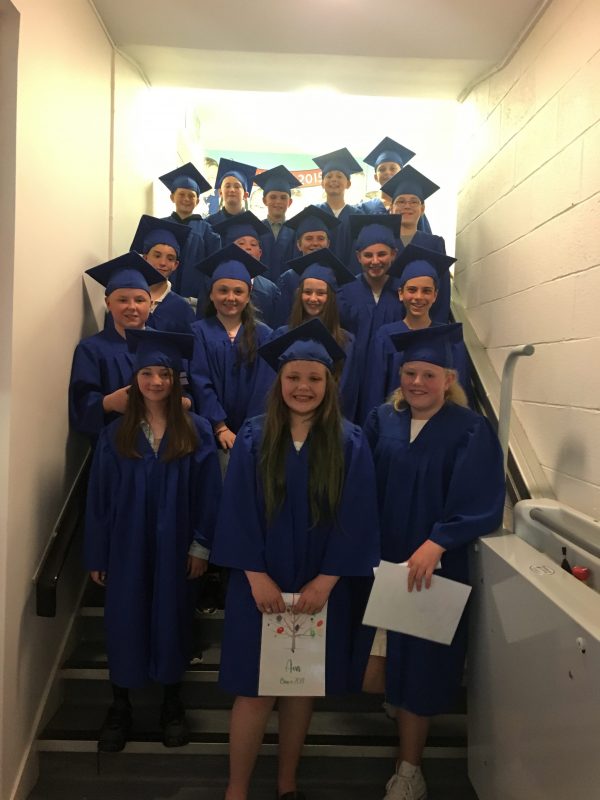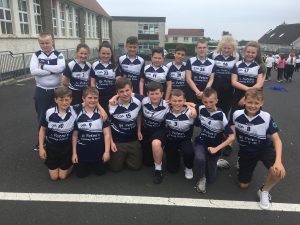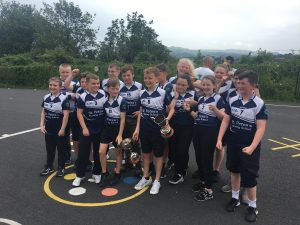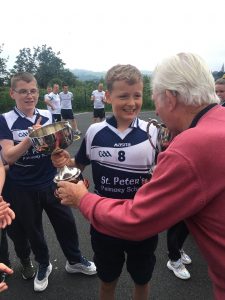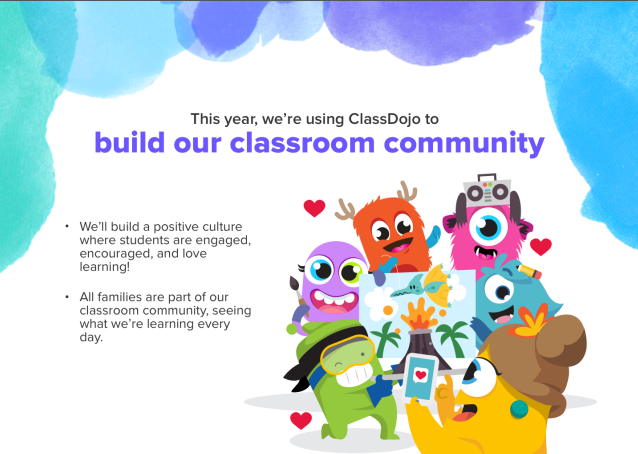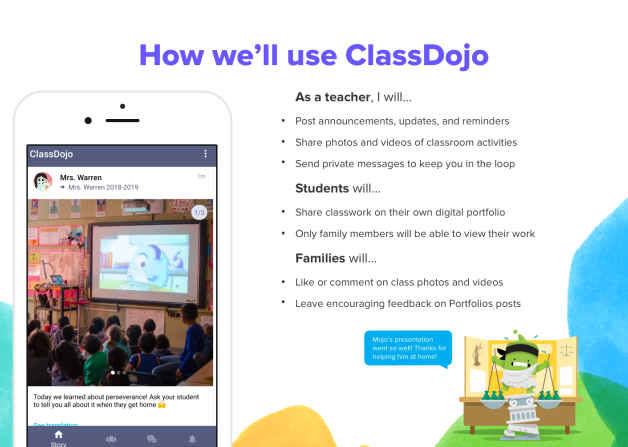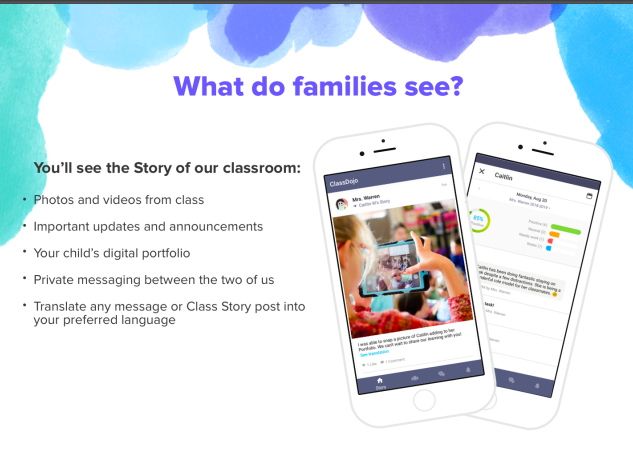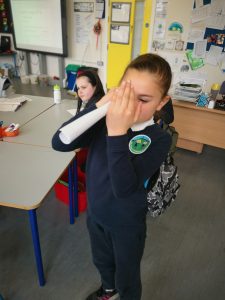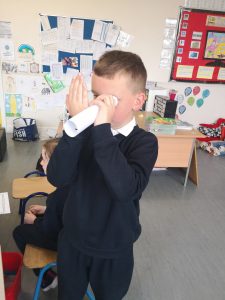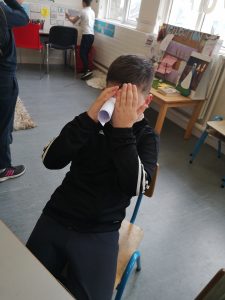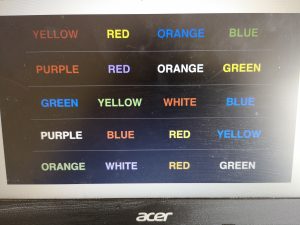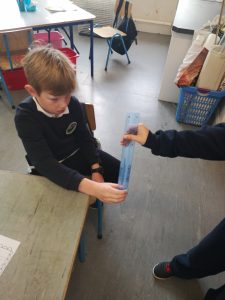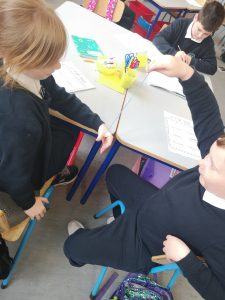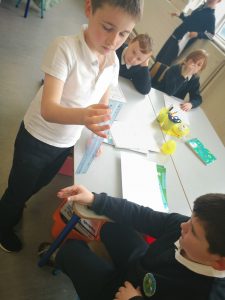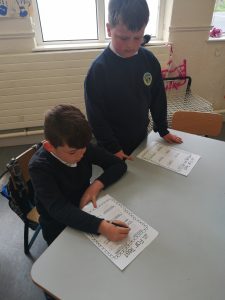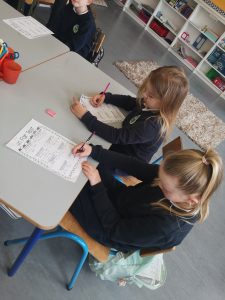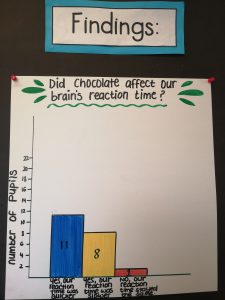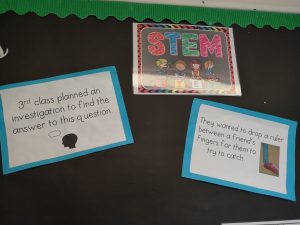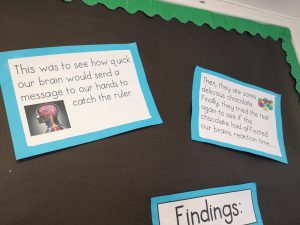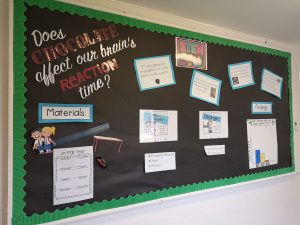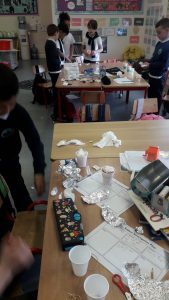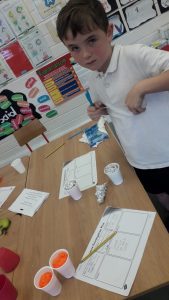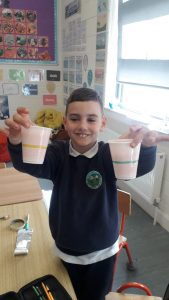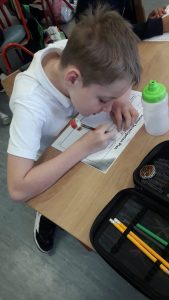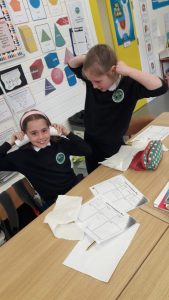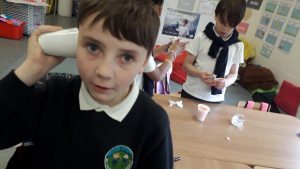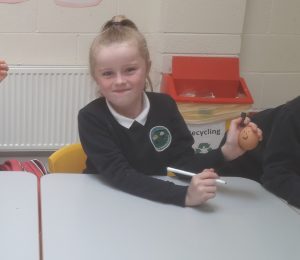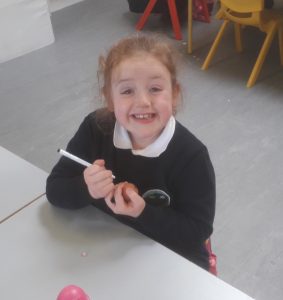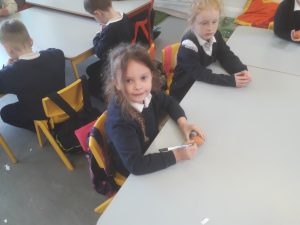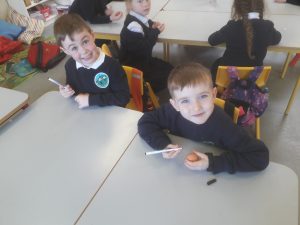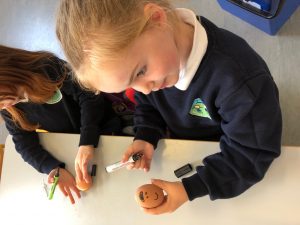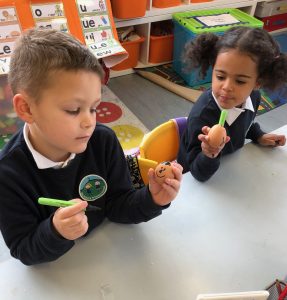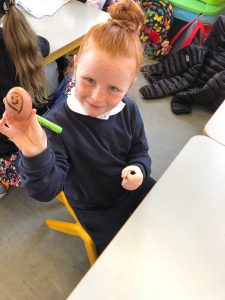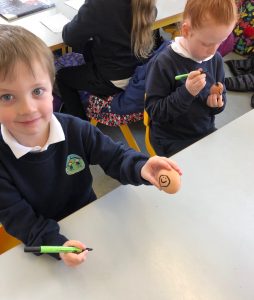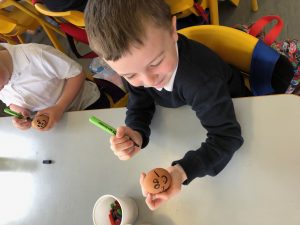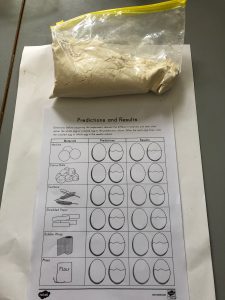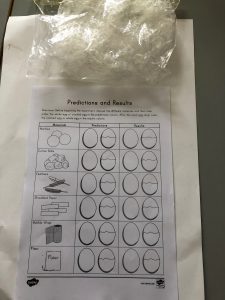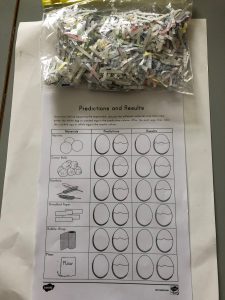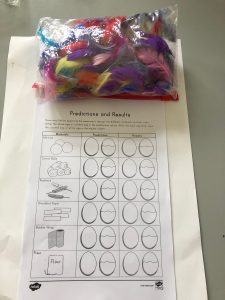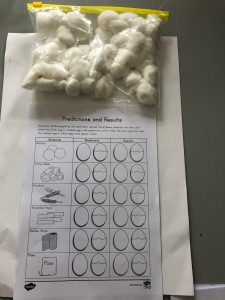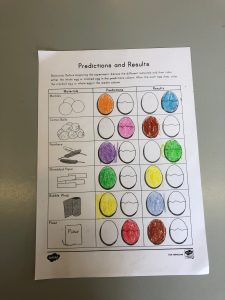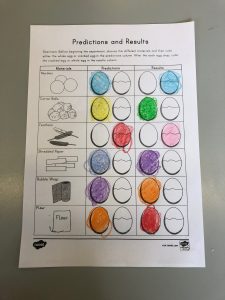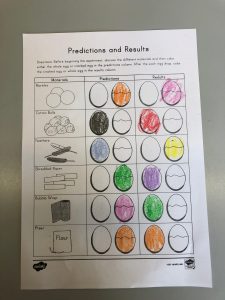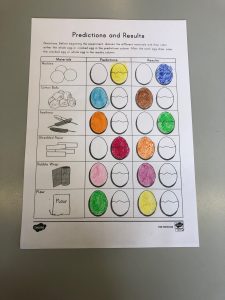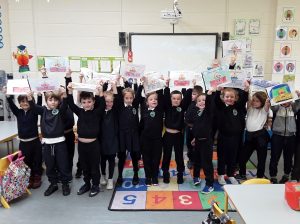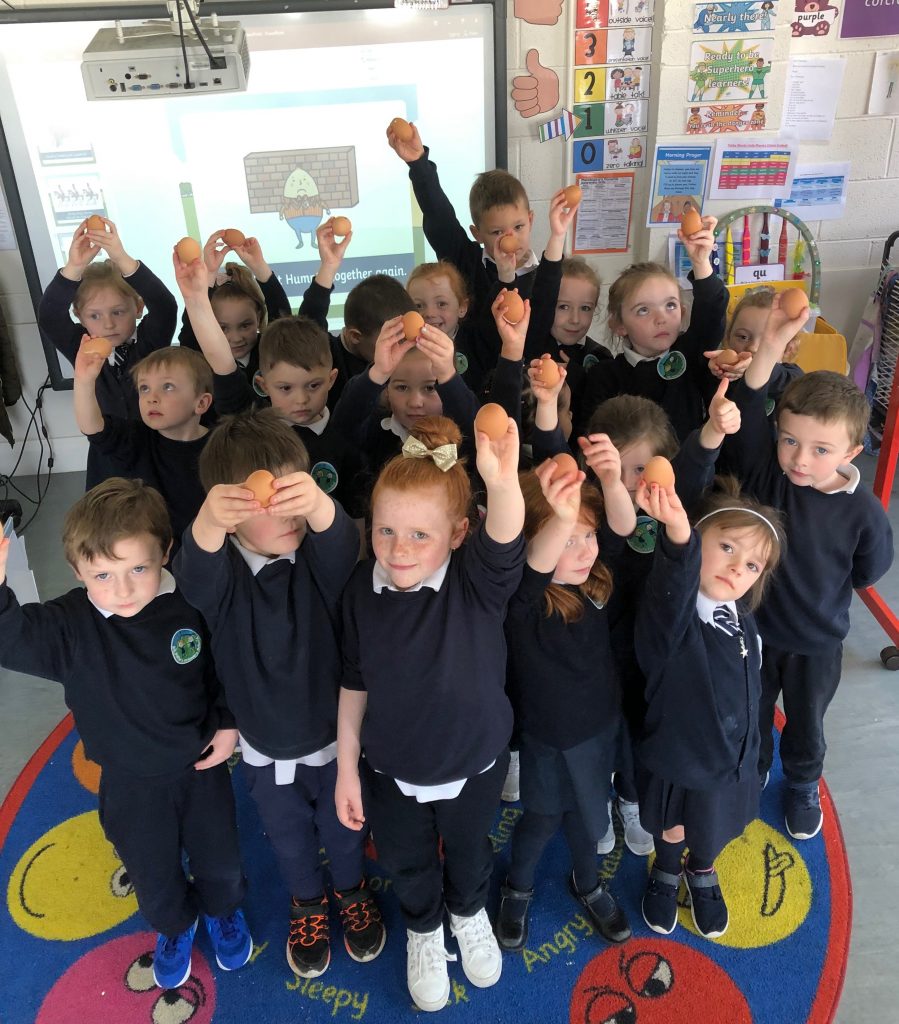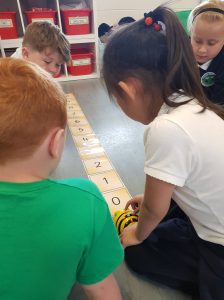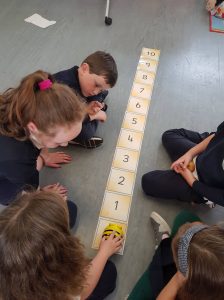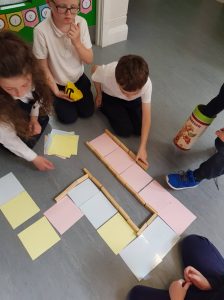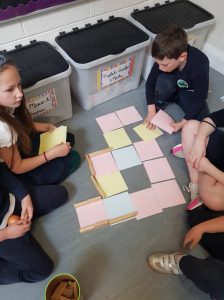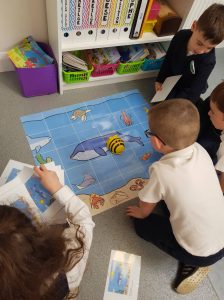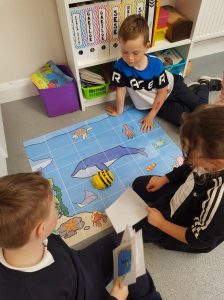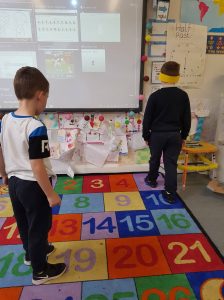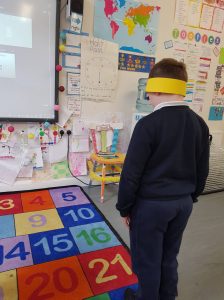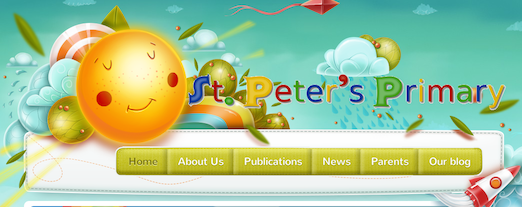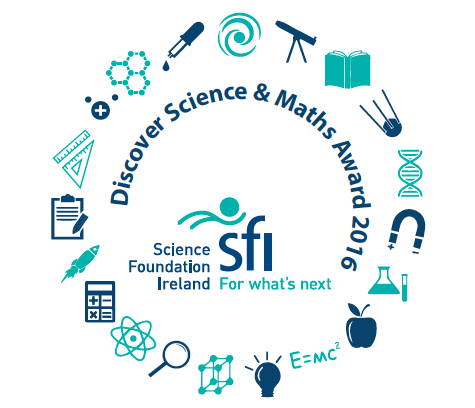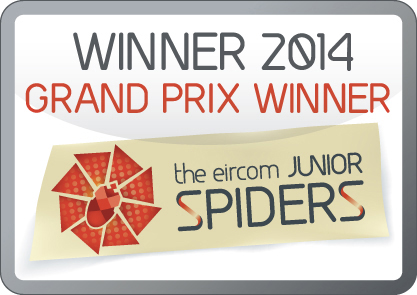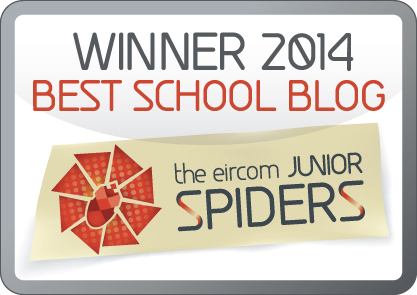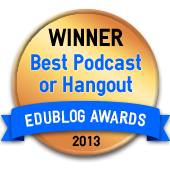
Welcome to our submission for the Discover Primary Science and Maths award for 2019. This is our 14th year taking part in the Awards! Once again this year we are applying for the Plaque of STEM Excellence. This award is given to schools that carry out extensive work in science, technology, engineering and maths, all of which are very important in St. Peter’s.
This is the 5th year that we have had Junior and Senior Infants taking part in the award! It is great to see the young scientists have so much fun learning about Science and Maths. This year, we have had an even bigger focus on STEM across the school, with a whole school approach helping us achieve even more in this area. You can read all about it and see the evidence below. It has been great to see the improvements we can make towards helping our school incorporating STEM as a way of thinking, rather than as a stand alone subject.
All of the pupils are seeing and understanding that STEM is about the skills required to learn science, technology and mathematics, and how engineering and design processses and principles are used to achieve an outcome. As students of STEM, we need to identify a problem. We then create possible solutions to the problems, which we then go and test.
Yet again, a huge amount of work has gone into this application. Every single class in the whole school has taken part in this application, so a big well done to all the pupils and teachers! For the seventh year in a row, we are using our blog to submit our award and to link back to our activities that have taken part during the year. Our SFI Award application code this year is 2019/DSM/213.
Step 1: Science
For this step, we carried out six hands-on Science investigations under the four different strands in classes throughout the school. We also tried to include Maths in these investigations where possible, linking in with Step 4.
- Energy and Forces: 1st Class had fun learning all about static hot air balloons. Read all about their experiment here.
- Living Things: 3rd Class investigated if their brain and their reaction times were affected by eating chocolate! You can read about the fun they had testing this out here.
- Environmental Awareness and Care: 5th Class wanted to find out about how effective the sun is as a renewable source of energy. They continued the chocolate theme, and designed and made their own solar ovens to melt some chocolate. You can read all about this here.
- Materials and Change: Junior Infants and Senior Infants investigated how they could protect Humpty Dumpty when he falls. You can find out how they got on here. 2nd Class were experimenting with different materials to make earmuffs for them so that they could work in peace and quiet! You can read about this here. 4th Class also looked at materials and change, focusing on melting some chocolate, which all can be seen here.
Mr. Foley’s class went on a visit to Sealife here in Bray, which is a SFI Discover Centre. You can read all about the great time they had here.
6th Class took part in Science Blast 2019, and had great fun at the Science event held in the RDS in March. You can read all about this and see some pictures from the day here.
Step 2: Technology
In the second step, we had to ensure that technology was used by our pupils. As a previous winner of the Junior Spider Awards, technology has become a part of every-day life in St. Peter’s. We were also awarded the Digital School of Distinction award, which showcased the effort and time we put in incorporating technology into our daily school lives.
Ms. Wemyss and her class have been using Bee-bots a lot this year. They have loved getting to play with them and programming them so that the bee-bot goes where they want on the mats. They even designed their own routes and tracks for the bee-bots to travel around. They have had loads of fun with them, and you can read about this all here.
Ms. Kane and her class used different materials for their designs and used tinfoil as a conductor of the solar energy to melt their chocolate. You can read about their STEM investigation here.
On top of all this, throughout all the other classes in the school pupils of every age have also used cameras, laptops, animoto, and this blog, as well as apps such as vine and twitter, to showcase the work that they have been doing during the course of the year. As you can see from our submission this year, we have continued to implement technology in our day-to-day teaching and learning, with Maths and Science at the forefront of this. You can check out all of our tweets from the year @stpetersbray!
Step 3: Engineering
For the third step of our application for the DPSM Plaque of STEM Excellence, we have had a big focus on the Design and Make element of Science. Our staff have worked previously in conjunction with St. Patrick’s College regarding professional development in STEM. A big part of this focused on the Design and Make process, and helped us make sure STEM was an integral part of our engineering activities. An example of how we look to incorporate STEM into our lessons can be seen here, where 2nd Class made their own noise cancelling headphones!
We also took part in Engineers Week 2019. Here you can read about 5th Class and 2nd Class working collaboratively, when they worked together in small groups to try to build a structure that was strong and tall.
Step 4: Maths
Throughout our Science investigations, all classes looked to incorporate Maths as much as possible. For example, 3rd Class had to calculate the reaction times of each person, and then find out the difference between the two times in their experiment and graph their results. You can read about this experiment here.
Another example of Maths being used in our experiments can be see here where 4th Class used mathematical skills in their experiment. They used a digital thermometer and a probe thermometer to measure and monitor the temperature as the chocolate began to melt. They also used stopwatches to accurately measure the time it took the different chocolates to melt.
Step 5: STEM Showcase
6th Class took part in Science Blast 2019 this year on March 6th. This was our first year taking part in this Science Fair, having previously taken part in the BT Young Scientist Exhibition in the RDS each year.
This year they investigated the science of the playground. As always, they put a lot of effort into their submission, and presented it brilliantly on the day. You can read about their work here.
We hoped you enjoyed reading our submission for the SFI Discover Primary Science and Maths Award!
